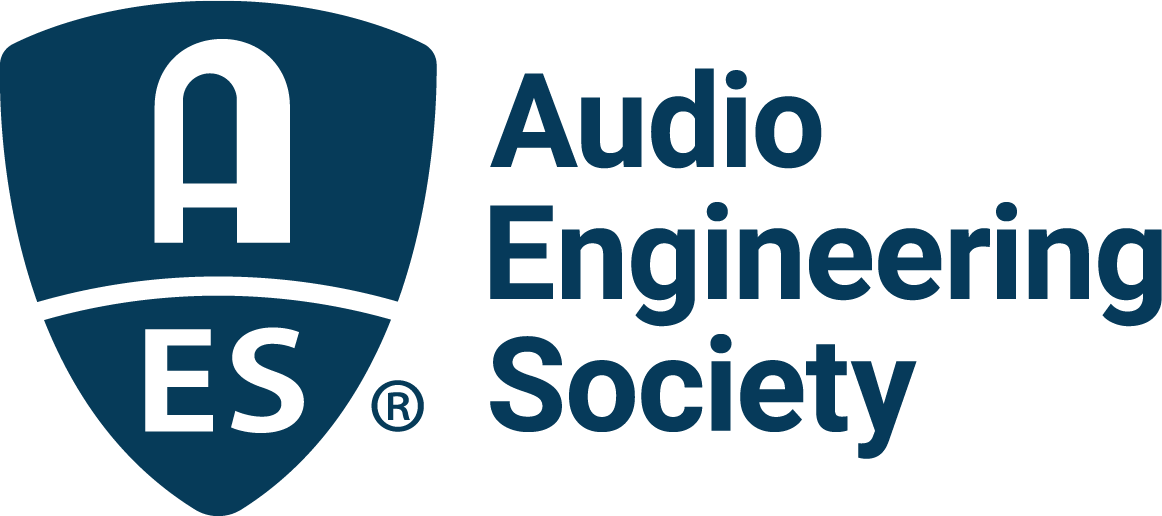An archive has to ensure sustainable access to information. One of the essential challenges is preservation of the stability and optimal readability of the sound carrier bearing the information. A wide knowledge about the physics and chemistry of sound carriers, the materials in use, their long-time storage requirements and possible signs of damage is necessary to achieve this in the best way.
Since the early days of sound recording, technology has changed in many ways. As sound recordings are depending on dedicated playback equipment to retrieve the information, it is necessary to provide expertise in the history of recording technology and procedures, the replay equipment and its handling, alignment and modification. There are also issues related to playback and format migration, such as from the analog into the digital domain.
It’s important to ensure adequate transfer of the information to other sustainable and accessible formats. This process is nowadays well known as digitization, bearing the challenge of transcoding all media content, as well as related information such as metadata in a proper way. This means managing file-based digital data in a sustainable way, so that access, documentation and authenticity can be enabled and preserved in the long term.
Audio archiving, therefore, is the interface between past, present and future, and there is a long list of publications, standards and guidelines that have been developed to assure state-of-the-art procedures.

